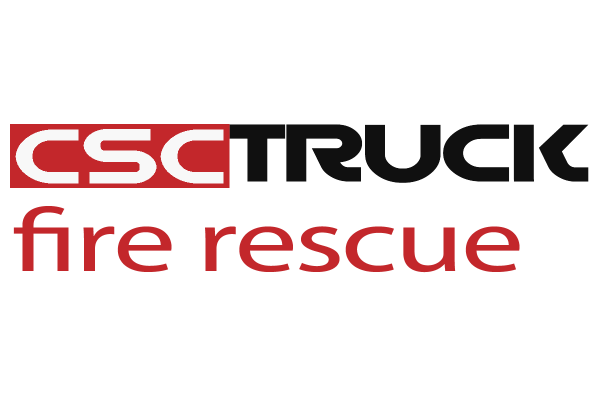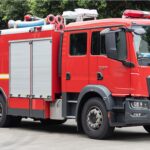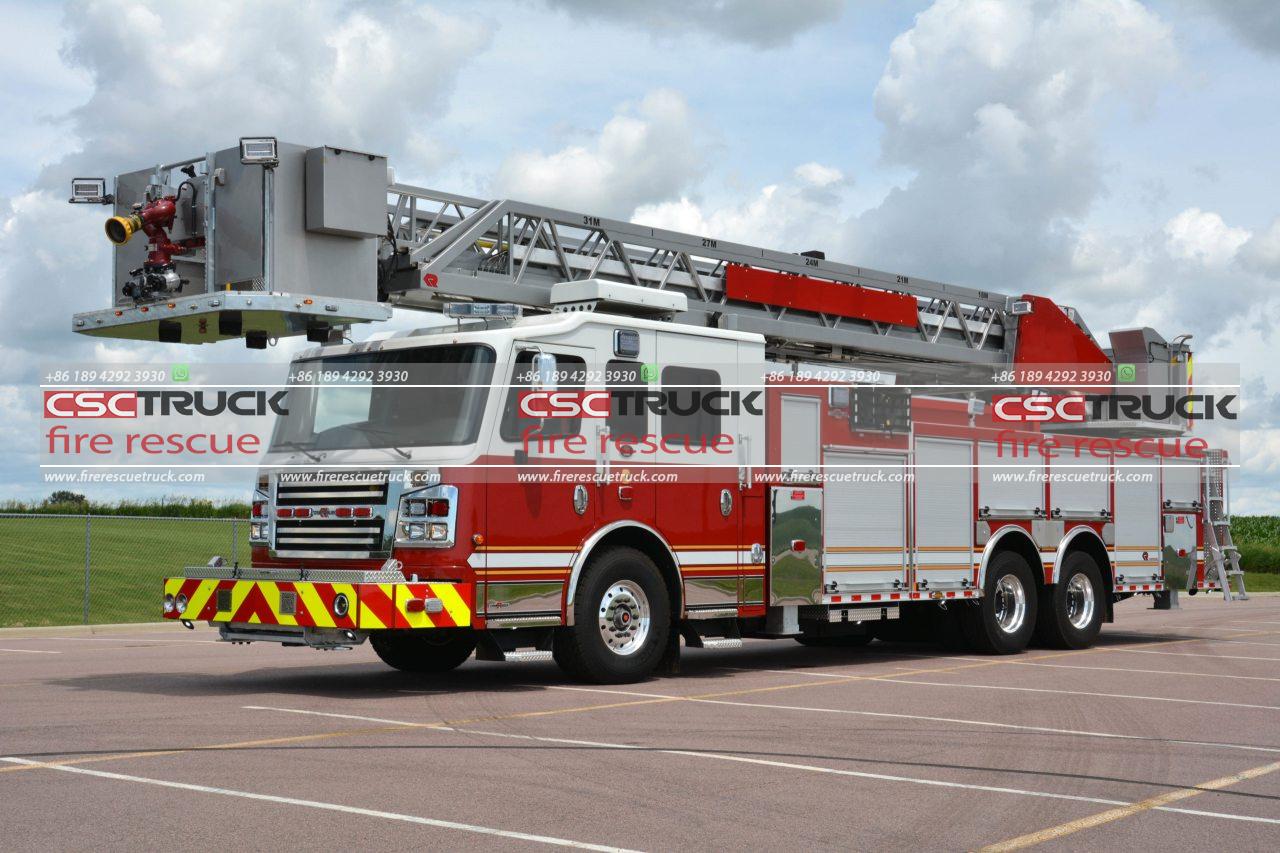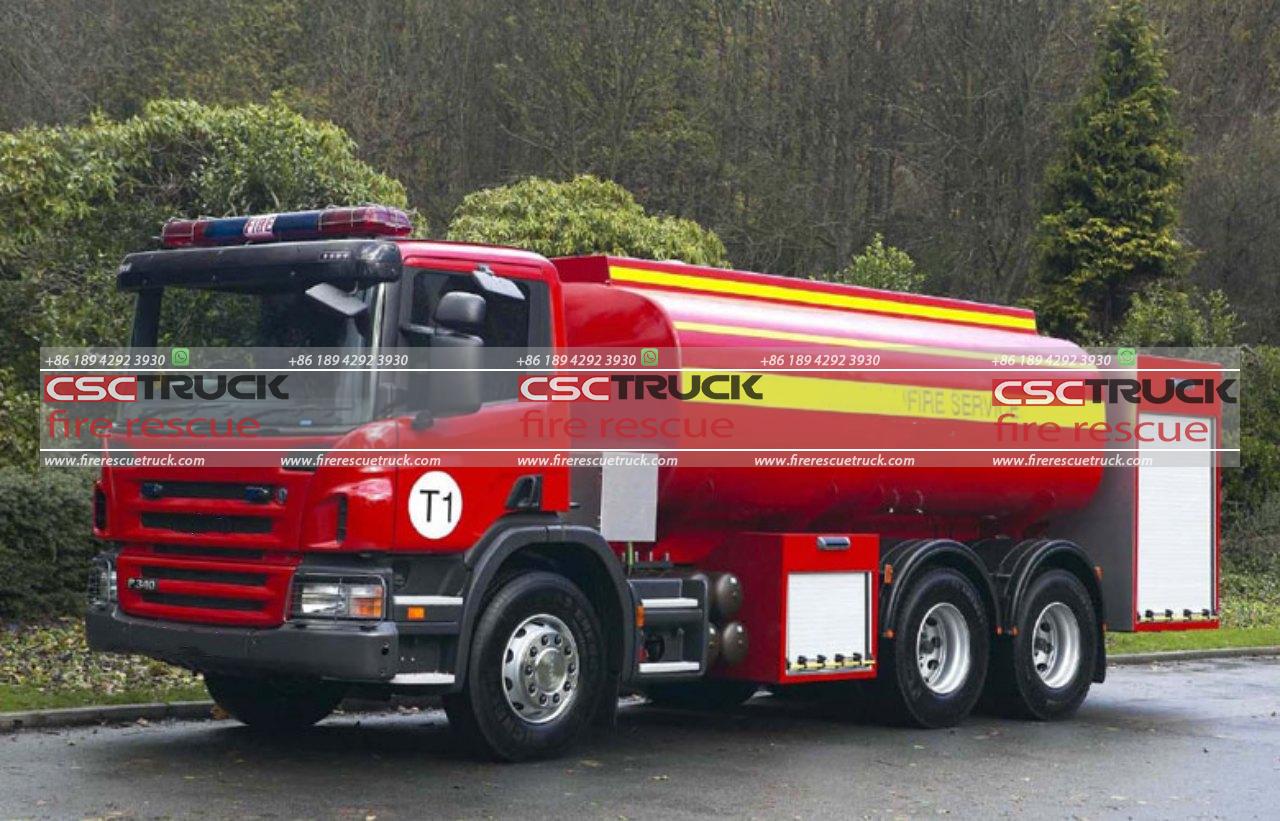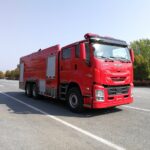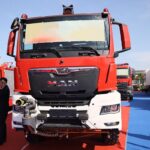In the field of firefighting and emergency response, the ability to deliver large volumes of water over long distances is crucial, especially in remote areas, industrial zones, or places where hydrant networks are sparse or non-existent. One of the most innovative solutions addressing this challenge is the mobile hytrans fire system (HFS). Designed to provide high-volume water supply capabilities, the HFS is a modular, rapidly deployable pump and hose system that is transforming fire and rescue operations across the globe.
Understanding the Hytrans Fire System
The Hytrans Fire System is a mobile water supply system manufactured by Hytrans Systems B.V., based in the Netherlands. It has been widely adopted by fire services, civil defense forces, and emergency response teams worldwide due to its unique ability to transport water at high flow rates over extensive distances and under demanding conditions.
At its core, the hytrans fire system comprises 3 primary components:
- Hydrosub® High-Volume Pumping Unit
- Hose Layer and Recovery Unit (HRU)
- High-Diameter Layflat Hoses
Together, these modules enable rapid water extraction from open sources such as rivers, lakes, canals, or reservoirs and distribution to fire scenes miles away.
The Hydrosub® Pump: Heart of the System
The Hydrosub® unit is the central engine of the Hytrans system. It uses a hydraulically driven submersible pump, allowing it to be deployed directly into a water source. Traditional suction limitations of conventional fire engines (typically 7-9 meters vertically) are eliminated thanks to this design.
The pump is connected via hydraulic hoses to a power pack on a truck or trailer-mounted system. Capable of delivering water at flow rates of up to 8,000 liters per minute (LPM) and more, depending on the model, the Hydrosub® ensures a stable, uninterrupted water supply even over distances exceeding 2 kilometers.
Some key benefits of the Hydrosub® system include:
- Ease of deployment – The pump can be directly placed into a body of water without complex rigging.
- Safety – The submersible pump eliminates the need for personnel to manually handle hoses in or near water.
- Flexibility – Can operate in shallow water and during flood conditions.
Hose Layer and Recovery Unit
Equally vital to the system is the Hose Layer and Recovery Unit (HRU). This vehicle-mounted system allows fast deployment and retrieval of large-diameter hoses. A standard hose reel can carry several kilometers of lay-flat hose, typically ranging from 150 mm to 300 mm in diameter.
During operations, the HRU can lay a hose at speeds of up to 40 km/h, allowing a team to establish a long-distance water line within minutes. For recovery, the HRU uses a mechanical winch and roller system to quickly rewind and clean hoses for reuse.
Advantages include:
- Reduced manpower needs – 1 or 2 operators can deploy or retrieve hoses efficiently.
- Quick turnaround – Hoses can be cleaned, wound, and ready for the next mission with minimal downtime.
- Long service life – The hoses used are durable and designed for repeated heavy-duty use.
Use Cases and Operational Scenarios
The Mobile Hytrans Fire System is particularly valuable in several emergency and logistical scenarios, including:
1. Remote Wildland Firefighting
Forest fires often occur far from municipal water networks. The HFS enables responders to set up water relay stations across vast distances, drawing from natural water sources and supplying tanker bases or portable monitor systems on the firefront.
2. Industrial Complex Protection
Large oil refineries, chemical plants, and fuel storage depots may require water volumes far beyond the capacity of regular hydrants. The HFS can supply these demands, even providing foam concentrate injection for flammable liquid fires when coupled with foam proportioning modules.
3. Urban Backup Systems
In cases where urban infrastructure is damaged—such as after earthquakes or terrorist attacks—the HFS can act as a temporary water main, ensuring a continuous supply to firefighting crews or civil defense operations.
4. Flood Response and Water Transfer
Besides firefighting, the Hytrans system is used for dewatering flooded areas and transferring water to drought-affected zones. With minor modifications, it can pump contaminated or brackish water efficiently.
Key Advantages Over Traditional Systems
- No Suction Limitations: Unlike fire engines using standard centrifugal pumps, the HFS does not face vertical suction height restrictions.
- High Flow Rates: Ideal for situations requiring thousands of liters per minute.
- Long-Distance Capability: Overcomes friction loss using booster pumps and optimized hose diameters.
- Modular Design: Easily transported, rapidly deployed, and scalable to mission needs.
- Reduced Crew Fatigue: Mechanized hose handling reduces labor requirements and physical strain on firefighters.
Integration with Fire Fleets and Logistics
The Hytrans Fire System is designed to integrate seamlessly with modern fire and emergency vehicle fleets. It is typically mounted on ISO containers, semi-trailers, or dedicated flatbeds, making it easily transportable. Some emergency services opt for permanent installation in dedicated fire support vehicles, while others use detachable modules for flexible logistics.
Integration with tactical water tankers, foam tenders, and monitor trailers further enhances operational efficiency. Additionally, the system is compatible with telemetry and remote monitoring, allowing control centers to track flow rates, pressures, and deployment status in real-time.
Case Studies of Global Adoption
Countries like the United Kingdom, Germany, Singapore, Australia, and China have all adopted variations of the Hytrans Fire System. Some notable examples include:
- Singapore Civil Defence Force (SCDF): Uses the HFS in their “High-Volume Pump” vehicles for industrial and marine firefighting.
- UK Fire Brigades: Deployed during severe flooding events to support large-scale water movement and supply.
- German Federal Agency for Technical Relief (THW): Employs the system for disaster relief, pumping millions of liters of water during floods and river overflows.
Future of High-Volume Mobile Pumping
As climate change increases the frequency and severity of wildfires, floods, and urban infrastructure disruptions, the demand for high-performance, mobile water supply systems will grow. Innovations in hose materials, energy-efficient pumps, and automated deployment are likely to further improve systems like the Hytrans fire system.
Moreover, the integration of IoT sensors, AI-driven pump control, and drone-based hose routing inspection may redefine large-scale water logistics over the coming decade.
Conclusion
The Hytrans fire System stands as a technological milestone in emergency water logistics. By combining robust pumping capacity, rapid deployment, and adaptability, it ensures that firefighters and emergency responders can access and deliver the water they need, where and when they need it most. In a world where disaster response time and efficiency can mean the difference between containment and catastrophe, tools like the HFS are not just beneficial—they’re essential.
